Susan Hopp, member of the Board of Directors for the American Cetacean Society, San Francisco Bay Chapter highlights the speaker series events scheduled for the remainder of 2022.
In Conversation with Izzy: A New Year Begins With Positive News About North Atlantic Right Whales
In Conversation with Izzy: Recent Sightings of Calves, Rooster Tails, and Large Animals
In Conversation with Izzy: Recent Bay Area Cetacean Strandings Included Two Rare Species
We recently interviewed Izzy Szczepaniak, Marine Biologist, and ACS San Francisco Chapter Board member, to learn about some of his research work for the California Academy of Sciences, specifically, the collection of carcasses of cetaceans that strand along the Northern California coastline. There were two very rare species among recent strandings.
In Conversation with Izzy: How the Pandemic Has Affected Cetacean Research in the Bay Area
Just Like Humans: Cetaceans and Emotion
ACS Grant Recipient's Research Shows Connection Between Whale Entanglement, Warmer Ocean Temperatures, and Dungeness Crab Fishing
In the last few years, the number of whales getting tangled up in fishing gear in local waters has skyrocketed. In 2016, the National Oceanic and Atmospheric Administration reported 71 separate cases of whale entanglement with fishing gear on the West Coast. That is 41 more instances of whale entanglement than in 2014 and the highest annual total since the agency first started keeping track in 1982.
Armed with 30 years of whale sighting data in the Farallon Islands, ACS San Francisco Bay Chapter research grant awardee Kaytlin Ingman set out to find out why more whales were getting caught in fishing equipment than nearly ever before.
ACS Grant Recipient’s Research Models Humpback Habitat and Shipping Lanes to Inform Strategies for Reducing Ship Strikes
Andrea Dransfield has never been inside the belly of a whale, but she did get a pretty good glimpse inside several humpback’s mouths.
As a graduate student at San Francisco State University’s Romberg Tiburon Center for Environmental Studies, Dransfield got a first-hand view of humpback whales lunge feeding right next to the National Oceanic and Atmospheric Administration (NOAA) research vessel. The sighting was not only one of the most gratifying experiences of Dransfield’s research, but also it became a data point in her thesis. Between 2011 and 2012, she gathered records on oceanographic properties and humpback whale sightings during data collection cruises, adding to Point Blue Conservation Science’s extensive dataset, to create predictive models that could map out humpback whale high-use habitats and reduce the risk of whale ship strikes.
The Complexity of Species Extinction: Can Conservation Learn From The Past?
Last month the Vaquita received a lot of attention. NOAA announced plans to corral the last 30 or so of this severely endangered species and place them in sea pens. They will use specially trained navy dolphins to assist in capturing the most endangered porpoise in the world and transport its members to San Filipe where the species will hopefully recover to the point they can be released back into their natural habitat. This multi-million dollar plan to save a species from human-caused extinction illustrates how complex extinction can be. Not just because we have the ability to engineer recovery of species on the brink but because when it comes to studying illusive cetaceans, a lot of time and money is needed simply to assess numbers in populations and perform genetic analysis, all research essential in order to determine stock size and vulnerability. The vaquita is not the first cetacean to reach this level of human-caused vulnerability. The Baiji river dolphin’s story was remarkably similar, a spices that is now extinct.
Bay Area Updates From The 2016 International Cetacean Conference
The American Cetacean Society hosted their 15th international cetacean conference in Monterey last month. The conference included a host of well-known names and a ton of interesting current research. I want to share with you some of the topics that relate to the bay area as well as some of the interesting advances in the field of cetacean science.
